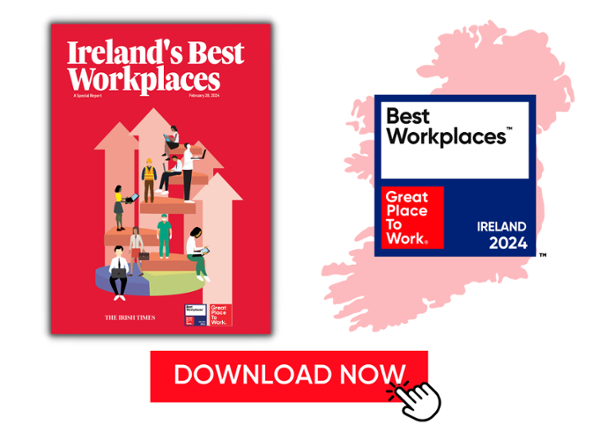In the first article of the series (Why Focus on Trust Building?) we highlighted a sample of the benefits of building a high trust culture. In this article, we turn our attention to how an organisation can facilitate trust-building through their policies, programmes and practices.
A common theme in the literature concerning trust is that the development of trust is defined as a relational process that necessitates vulnerability from the point of view of the trustee, and that much of this process occurs outside of our conscious experience.
As such, this article draws on research findings to highlight the ways through which organisations can reduce the perceived risk of trust from the point of view of the employee and how the foundations for trust-building can be built.
- Delineating codes of behaviour and having clear policies in place for serious breaches is valuable. Knowing that considerable acts of bad faith will be dealt with by the organisation, reduces the perceived risk of trust to employees. (1)
- An organisations reputation, derived from its treatment of and interactions with external stakeholders is influential. Employees internalise a representation of their organisation as a place where trust is valued and are more likely to deem it as important. (1)
- External certification of standards and practices can demonstrate transparency, that an organisation is willing to comply with pre-set standards and norms and as a result, that fairness, openness, and trustworthiness is important in the organisation. (1)
- Differing from the use of codes of behaviour, the co-creation of group norms through values. Particularly those which highlight pro-social activity can facilitate trust, as they make collective behaviours more predictable, lowering the perceived risk of trusting. (2)
- Trust requires time and interactions to develop. Organisations should seek to build in time for bonding and relationship building activities which set the foundations for trust-building during subsequent task-focused activities. (2)
Looking at these research findings, it is unlikely that any of these conclusions will present activities that you haven’t encountered before. It is worthwhile to focus on this for a moment as it highlights an important issue, no one practice turns a low trust organisation into a high trust organisation overnight. What is required is the consistent application of relatively simple practices and policies which support trust-building.
Codes of behaviours and values should not be static, their importance must be communicated to the group and referred to when relevant. An organisation must continuously act ethically and transparently, while also remembering that employees are first and foremost social creatures who require time to build meaningful relationships.
More resources on trust building:
Read the previous article of the series here:

Read the next article of the series here:

Sources
1. Erdem, F., & Ozen, J. (2003). Cognitive and affective dimensions of trust in developing team performance. Team Performance Management: An International Journal
2. Six, F., & Sorge, A. (2008). Creating a high‐trust organization: An exploration into organizational policies that stimulate interpersonal trust building. Journal of Management Studies, 45(5), 857-884.

About Great Place to Work®
Great Place to Work® is the global authority on workplace culture. We help organisations quantify their culture and produce better business results by creating a high-trust work experience for all employees. We recognise Great Place to Work-Certified™ companies and the Best Workplaces™ in more than 60 countries. To join the thousands of companies that have committed to building high-trust company cultures that help them attract, retain and take care of their people, contact us about getting Certified today.
